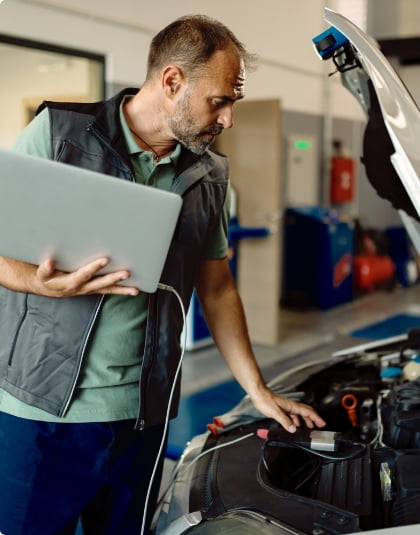Solving the problem with the battery charge and coolant level in the Chevrolet Volt 1
CHEVROLET Volt
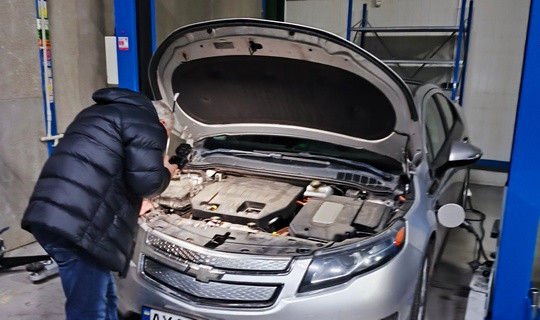
Our client solved one problem, but in fact the cause of his car's malfunction was different. We'll tell you how this happened and why you shouldn't always trust even internet forums, using a real-life story as an example.
One of the most common problems with the Chevrolet Volt 1G
The first-generation Volt has a fairly common problem known to both users and servicemen. Often during cold weather, the display shows service high voltage charging system, and during diagnostics, you can find errors P0AA6, P1F0E and similar. This signals problems with the high voltage battery, resulting in it not accepting a charge.
P0AA6, P1F0E and similar.
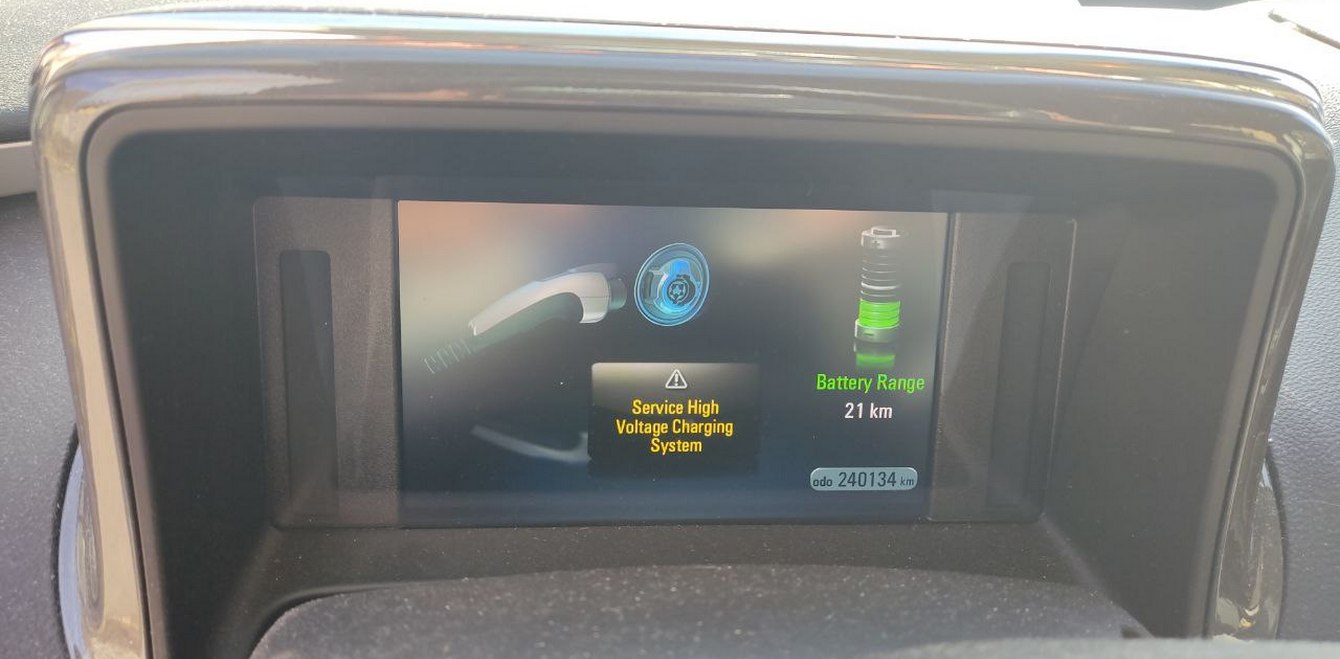
It's usually recommended to treat this by flashing (updating) the engine control unit. A special cable is needed, with the help of which you can connect to the official ACDelco website. The process is rather complicated and tedious – before that it is necessary to install "virtual car" on which the software will be installed. Subscription must be made (purchased) through VPN, specifying an address in the USA. But it's worth the gamble - with the update installed, the error should disappear and the battery should start charging again.
Since our client was pretty good with both cars and software, he did all the procedures himself. He was able to update the unit, but he was unable to remove the error and revive the battery. Next, he contacted a specialist who, according to him, dealt with Chevrolet Volt electronics in depth. He advised the client to buy a new version of the unit. Its cost in the USA is $600-650, in theory it should help.... but in practice, not a single owner of a first-generation car has decided to do it.
Our customer was probably the first. However, he found the unit not in the USA, but in Europe, in Poland. At first he installed the unit without updating it, but the car did not start because it did not see the new unit. I had to update it as well. After that, the car came back in working condition..... But the error, service high voltage charging system, still did not go away. The battery, as before, would not charge from an external source via cable - only by regeneration.
The battery was still not charging from an external source via cable.
Solution to the problem - contact professionals
After all of this, the owner of the Chevrolet Volt contacted us. During diagnosis, it was found that there was another error present - – ««low coolant level in the high voltage battery system». This is where it needs to be explained in more detail.
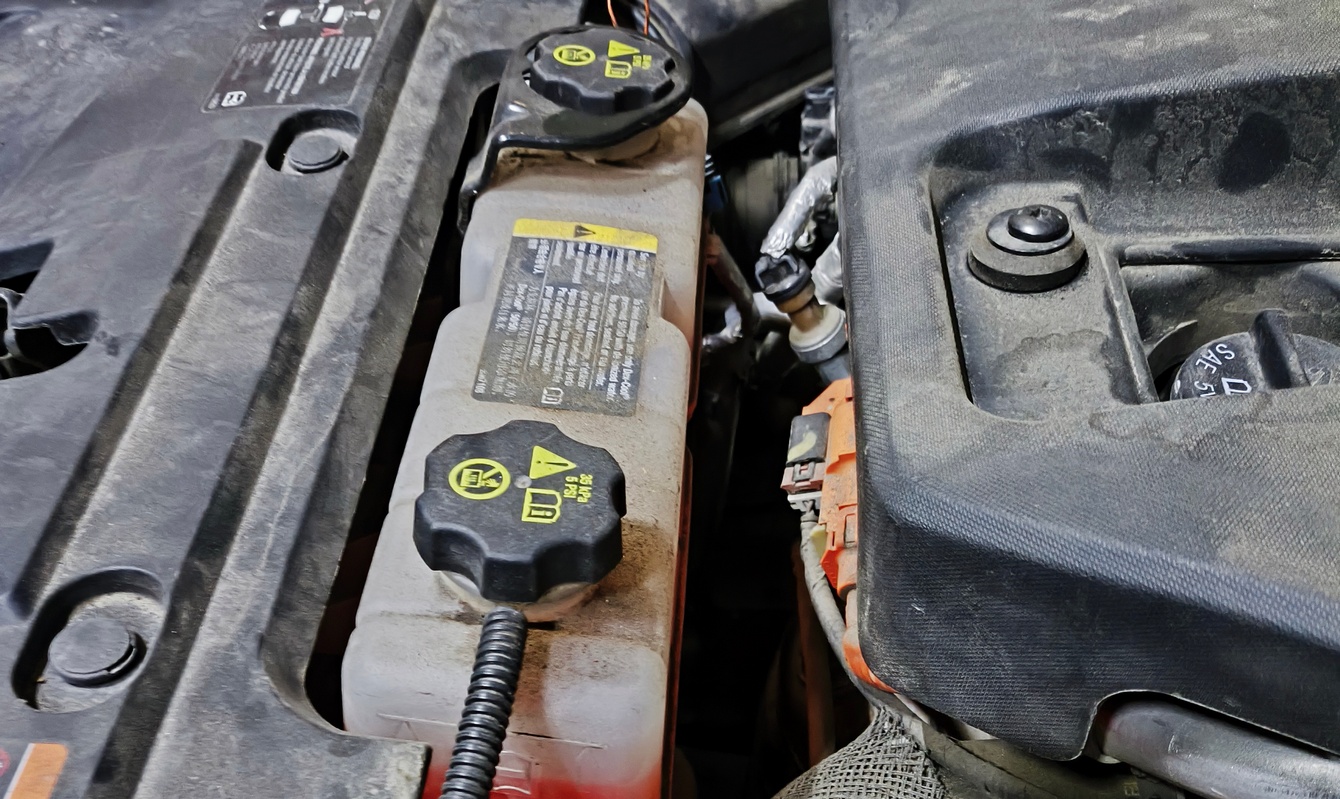
The bottom line is that the Chevrolet Volt has as many as three coolant reservoirs, and thus three coolant levels. These are:
- the internal combustion engine expansion tank, like all cars;
- High-voltage battery cooling reservoir;
- Cooling reservoir for power electronics and charging modules
And if in the first case - when checking the level in the internal combustion engine tank - the manufacturer gives clear instructions on checking and topping up antifreeze, then in respect of both electrical systems the operating manual clearly states: any maintenance should only be carried out by a qualified specialist. By the way, the manufacturer recommends to use in them a mixture of original antifreeze GM Dex-Cool with deionised water. And this is despite the fact that the operating temperature there does not exceed 60oC.
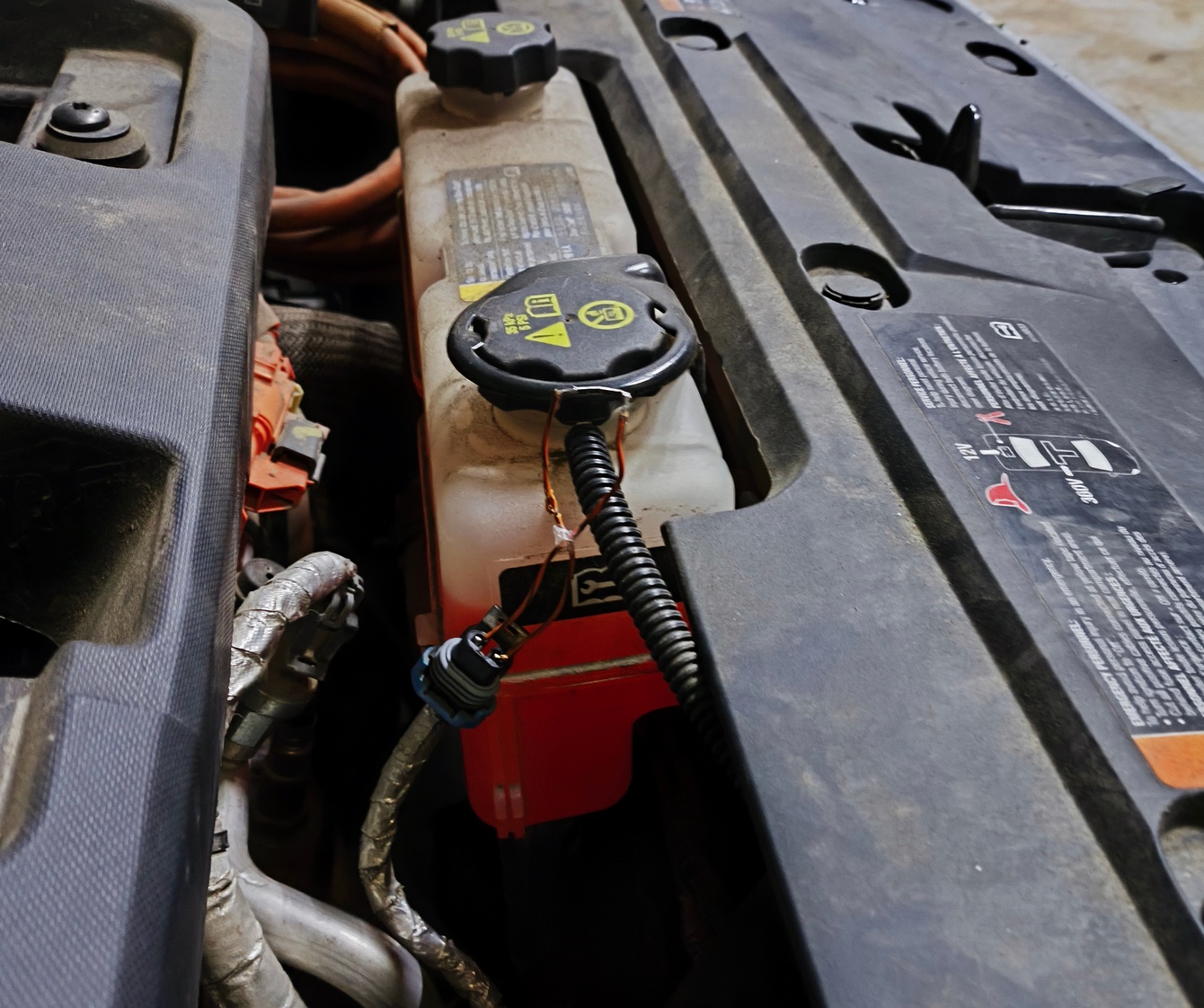
Of course, the customer knew that the fluid level was inadequate to begin with. Moreover, he had topped it up - in his opinion, to the required level. But unfortunately, the coolant sensor didn't know about it. It fried and did not return to the initial position. The control unit, which is oriented on its readings, «was sure» that there is no liquid in the system. The battery locked up and stopped taking a charge.
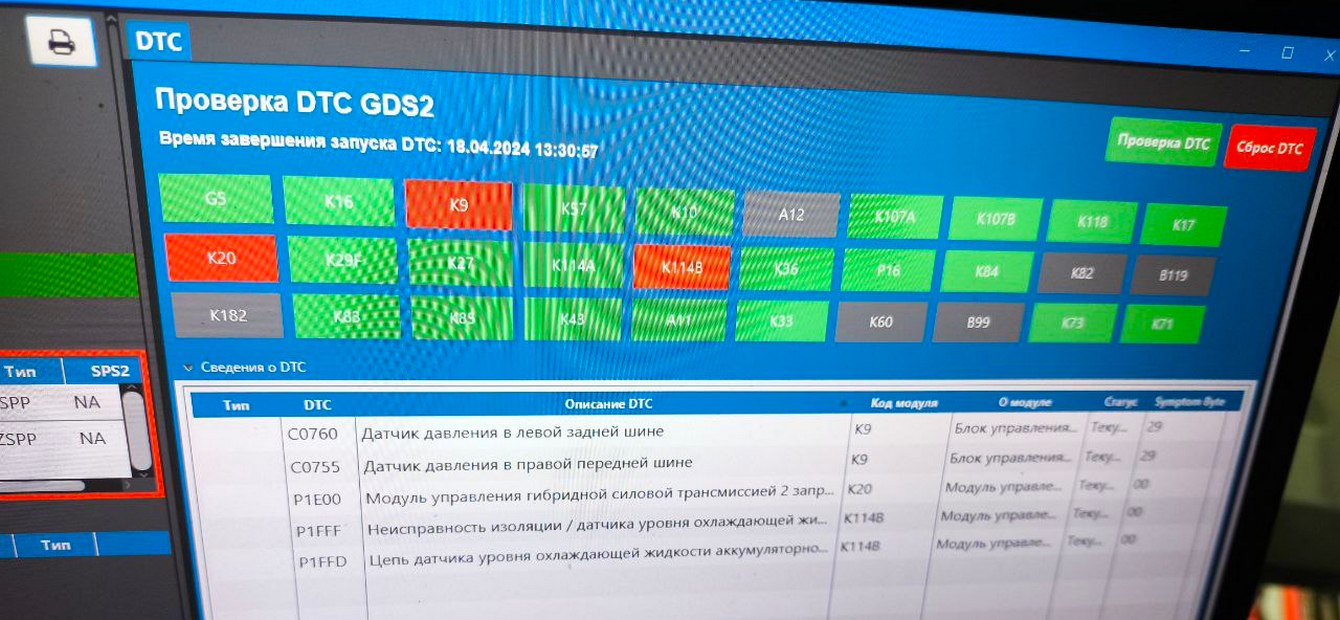
In general, in this case, it's better to change the sensor, and preferably together with the tank. But for this, firstly, it would be necessary to drain the fluid by squeezing it out of the system with a compressor, and secondly, to find new parts in stock, which was also a problem.
And I had problems with this.
So we made a compromise. We simply mechanically lifted the sensor and secured it in the up position. All we had to do was clean up the errors in the block and the battery was charging normally, not only while driving, but also from the charger.
And the battery was charging normally.
Conclusions and Recommendations
Of course, it is good when the owner understands the structure of the car and knows how to repair it. However, in addition to qualification, it is also good to have experience, and it is gained over the years, formed from real cases of repair. It happens that the same symptoms occur for completely different reasons - it is impossible to foresee all the nuances. That's why sometimes you can just listen to the manual, and ask the experts for a service.

